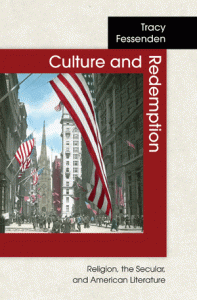While reading Pierre Bourdieu’s Invitation to Reflexive Sociology (1992), I came across the following gem:
“Paradoxically, historians often condemn themselves to anachronism because of their ahistorical, or dehistoricized, usage of the concepts they employ to think the societies of the past. They forget that these concepts and that the reality they capture are themselves the product of a historical construction: the very history to which they apply these concepts has in fact invented, created them, oftentimes at the cost of an immense–and largely forgotten–historical work” (1).
It’s probably a sign that I need to take a break from comping, but I couldn’t help but cheer when I found this passage. It’s particularly helpful to me as I continue to reflect on the categories employed by those in my discipline when they study the history of American religion. One of the best examples of this awareness, of this self-reflexivity, is Tracy Fessenden’s Culture and Redemption: Religion, the Secular, and American Literature (2007). Fessenden’s work comes at a historiographic moment in which the contradictory and exclusionary nature of the American religious establishment is well understood. Though quite different in many ways, I’m reminded of David Sehat’s Myth of American Religious Freedom (2011) and his complicated portrayal of just what religious freedom “meant” in the broad swath of American history. Continue reading
Fessenden’s work comes at a historiographic moment in which the contradictory and exclusionary nature of the American religious establishment is well understood. Though quite different in many ways, I’m reminded of David Sehat’s Myth of American Religious Freedom (2011) and his complicated portrayal of just what religious freedom “meant” in the broad swath of American history. Continue reading